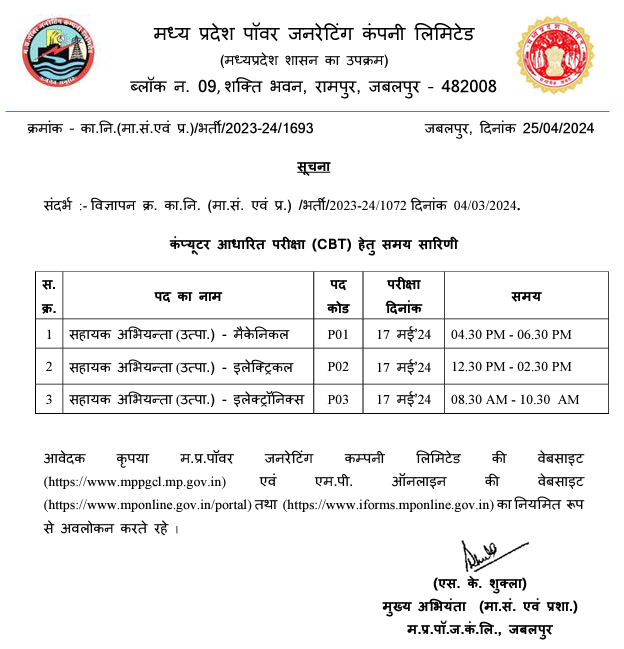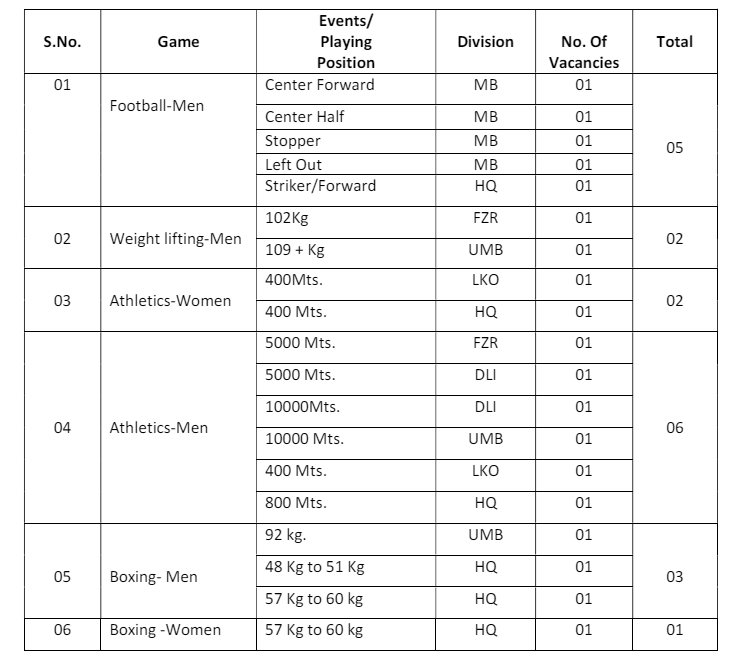Signals And Systems

Category –EE Online Test
Telegram-Join Us On Telegram
Attempt Free Signals And Systems Here. Read The Important Electrical MCQ From Below.
a. x(t) = x(t +T0)
b. x(n) = x(n+ N)
c. x(t) = e-αt
d. None of the aboveANSWER: x(t) = x(t +T0)
2) Which property of delta function indicates the equality between the area under the product of function with shifted impulse and the value of function located at unit impulse instant?
a. Replication
b. Sampling
c. Scaling
d. Product
ANSWER: Sampling
Signals And Systems
3) Which among the below specified conditions/cases of discrete time in terms of real constant ‘a’, represents the double-sided decaying exponential signal?
a. a> 1
b. 0 < a < 1
c. a < -1
d. -1 < a < 0
ANSWER: -1 < a < 0
4) Damped sinusoids are _____
a. sinusoid signals multiplied by growing exponentials
b. sinusoid signals divided by growing exponentials
c. sinusoid signals multiplied by decaying exponentials
d. sinusoid signals divided by decaying exponentials
ANSWER: sinusoid signals multiplied by decaying exponentials
5) An amplitude of sinc function that passes through zero at multiple values of an independent variable ‘x’ ______
a. Decreases with an increase in the magnitude of an independent variable (x)
b. Increases with an increase in the magnitude of an independent variable (x)
c. Always remains constant irrespective of variation in magnitude of ‘x’
d. Cannot be defined
ANSWER: Decreases with an increase in the magnitude of an independent variable (x)
6) A system is said to be shift invariant only if______
a. a shift in the input signal also results in the corresponding shift in the output
b. a shift in the input signal does not exhibit the corresponding shift in the output
c. a shifting level does not vary in an input as well as output
d. a shifting at input does not affect the output
ANSWER: a shift in the input signal also results in the corresponding shift in the output
Signals And Systems
7) Which condition determines the causality of the LTI system in terms of its impulse response?
a. Only if the value of an impulse response is zero for all negative values of time
b. Only if the value of an impulse response is unity for all negative values of time
c. Only if the value of an impulse response is infinity for all negative values of time
d. Only if the value of an impulse response is negative for all negative values of time
ANSWER: Only if the value of an impulse response is zero for all negative values of time
8) Under which conditions does an initially relaxed system become unstable?
a. only if bounded input generates unbounded output
b. only if bounded input generates bounded output
c. only if unbounded input generates unbounded output
d. only if unbounded input generates bounded output
ANSWER: only if bounded input generates unbounded output
9) Which among the following are the stable discrete time systems?
1. y(n) = x(4n)
2. y(n) = x(-n)
3. y(n) = ax(n) + 8
4. y(n) = cos x(n)
a. 1
& 3
b. 2 & 4
c. 1, 3 & 4
d. 1, 2, 3 & 4
ANSWER: 1, 2, 3 & 4
Signals And Systems
10) An equalizer used to compensate the distortion in the communication system by faithful recovery of an original signal is nothing but an illustration of _________
a. Static system
b. Dynamic system
c. Invertible system
d. None of the above
ANSWER: Invertible system
11) Which block of the discrete time systems requires memory in order to store the previous input?
a. Adder
b. Signal Multiplier
c. Unit Delay
d. Unit Advance
ANSWER: Unit Delay
12) Which type/s of discrete-time system do/does not exhibit the necessity of any feedback?
a. Recursive Systems
b. Non-recursive Systems
c. Both a & b
d. None of the above
ANSWER: Non-recursive Systems
13) Which among the following belongs to the category of non-recursive systems?
a. Causal FIR Systems
b. Non-causal FIR Systems
c. Causal IIR Systems
d. Non-causal IIR Systems
ANSWER: Causal FIR Systems
14) Recursive Systems are basically characterized by the dependency of its output on _______
a. Present input
b. Past input
c. Previous outputs
d. All of the above
ANSWER: All of the above
Signals And Systems
15) What does the term y(-1) indicate especially in an equation that represents the behaviour of the causal system?
a. initial condition of the system
b. negative initial condition of the system
c. negative feedback condition of the system
d. response of the system to its initial input
ANSWER: initial condition of the system
16) Which type of system response to its input represents the zero value of its initial condition?
a. Zero
state response
b. Zero input response
c. Total response
d. Natural response
ANSWER: Zero state response
17) Which is/are the essential condition/s to get satisfied for a recursive system to be linear?
a. Zero state response should be linear
b. Principle of Superposition should be applicable to zero input response
c. Total Response of the system should be addition of zero state & zero input responses
d. All of the above
ANSWER: All of the above
18) Which among the following operations is/are not involved /associated with the computation process of linear convolution?
a. Folding Operation
b. Shifting Operation
c. Multiplication Operation
d. Integration Operation
ANSWER: Integration Operation
19) A LTI system is said to be initially relaxed system only if ____
a. Zero input produces zero output
b. Zero input produces non-zero output
c. Zero input produces an output equal to unity
d. None of the above
ANSWER: Zero input produces zero output
Signals And Systems
20) What are the number of samples present in an impulse response called as?
a. string
b. array
c. length
d. element
ANSWER: length
21) Which are the only waves that correspond/ support the measurement of phase angle in the line spectra?
a. Sine waves
b. Cosine waves
c. Triangular waves
d. Square waves
ANSWER: Cosine waves
Explanation: No explanation is available for this question!
22) Double-sided phase & amplitude spectra _____
a. Possess an odd & even symmetry respectively
b. Possess an even & odd symmetry respectively
c. Both possess an odd symmetry
d. Both possess an even symmetry
ANSWER: Possess an odd & even symmetry respectively
23) What does the first term ‘a0’ in the below stated expression of a line spectrum indicate?
x(t) = a0 + a1 cos w0 t + a2 cos2
w0t +……+ b1 sin w0 t + b2 sin
w0 t + …..
a. DC component
b. Fundamental component
c. Second harmonic component
d. All of the above
ANSWER: DC component
Signals And Systems
24) Which kind of frequency spectrum/spectra is/are obtained from the line spectrum of a continuous signal on the basis of Polar Fourier Series Method?
a. Continuous in nature
b. Discrete in nature
c. Sampled in nature
d. All of the above
ANSWER: Discrete in nature
25) Which type/s of Fourier Series allow/s to represent the negative frequencies by plotting the double-sided spectrum for the analysis of periodic signals?
a. Trigonometric Fourier Series
b. Polar Fourier Series
c. Exponential Fourier Series
d. All of the above
ANSWER: Exponential Fourier Series
26) What does the signalling rate in the digital communication system imply?
a. Number of digital pulses transmitted per second
b. Number of digital pulses transmitted per minute
c. Number of digital pulses received per second
d. Number of digital pulses received per minute
ANSWER: Number of digital pulses transmitted per second
Signals And Systems
27) As the signalling rate increases, _______
a. Width of each pulse increases
b. Width of each pulse decreases
c. Width of each pulse remains unaffected
d. None of the above
ANSWER: Width of each pulse decreases
28) Which phenomenon occurs due to an increase in the channel bandwidth during the transmission of narrow pulses in order to avoid any intervention of signal distortion?
a. Compression in time domain
b. Expansion in time domain
c. Compression in frequency domain
d. Expansion in frequency domain
ANSWER: Expansion in frequency domain
29) Why are the negative & positive phase shifts introduced for positive & negative frequencies respectively in amplitude and phase spectra?
a. To change the symmetry of the phase spectrum
b. To maintain the symmetry of the phase spectrum
c. Both a & b
d. None of the above
Signals And Systems
ANSWER: To maintain the symmetry of the phase spectrum
30) Duality Theorem / Property of Fourier Transform states that _________
a. Shape of signal in time domain & shape of spectrum can be interchangeable
b. Shape of signal in frequency domain & shape of spectrum can be interchangeable
c. Shape of signal in time domain & shape of spectrum can never be interchangeable
d. Shape of signal in time domain & shape of spectrum can never be interchangeable
ANSWER: Shape of signal in time domain & shape of spectrum can be interchangeable
Signals And Systems














